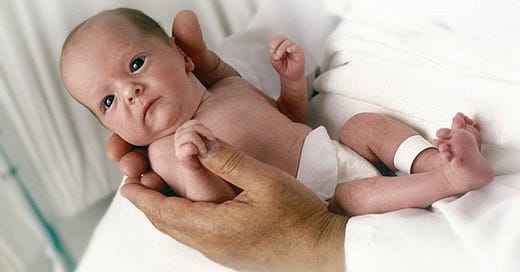Poland’s Population Problem
Poland is likely to become a major regional power, or even a great power, over the next several decades. But it is facing the same demographic crisis as the rest of the industrialized world.
Poland is likely to become a major regional power, or even a great power, over the next several decades. But it is facing the same demographic crisis -- increasing depopulation -- as the rest of the industrialized world, and will struggle to overcome it. This article addresses that issue, and by extension, the issues facing all of us.
by Jacob L. Shapiro
August 25, 2018
Summary
The period between 1991 and today has been the most successful in Poland’s history. Since the collapse of the Soviet Union, Poland’s status as an independent nation-state has been cemented, and its economy has soared. It has even become a politically influential player in European politics, butting heads with Germany over who gets to make the rules in Brussels and emerging as the de facto leader of an anti-Russia Eastern European bloc. But like all European countries, Poland’s shrinking population poses a major challenge to its long run of prosperity. For decades now, the country has seen falling fertility rates an…




